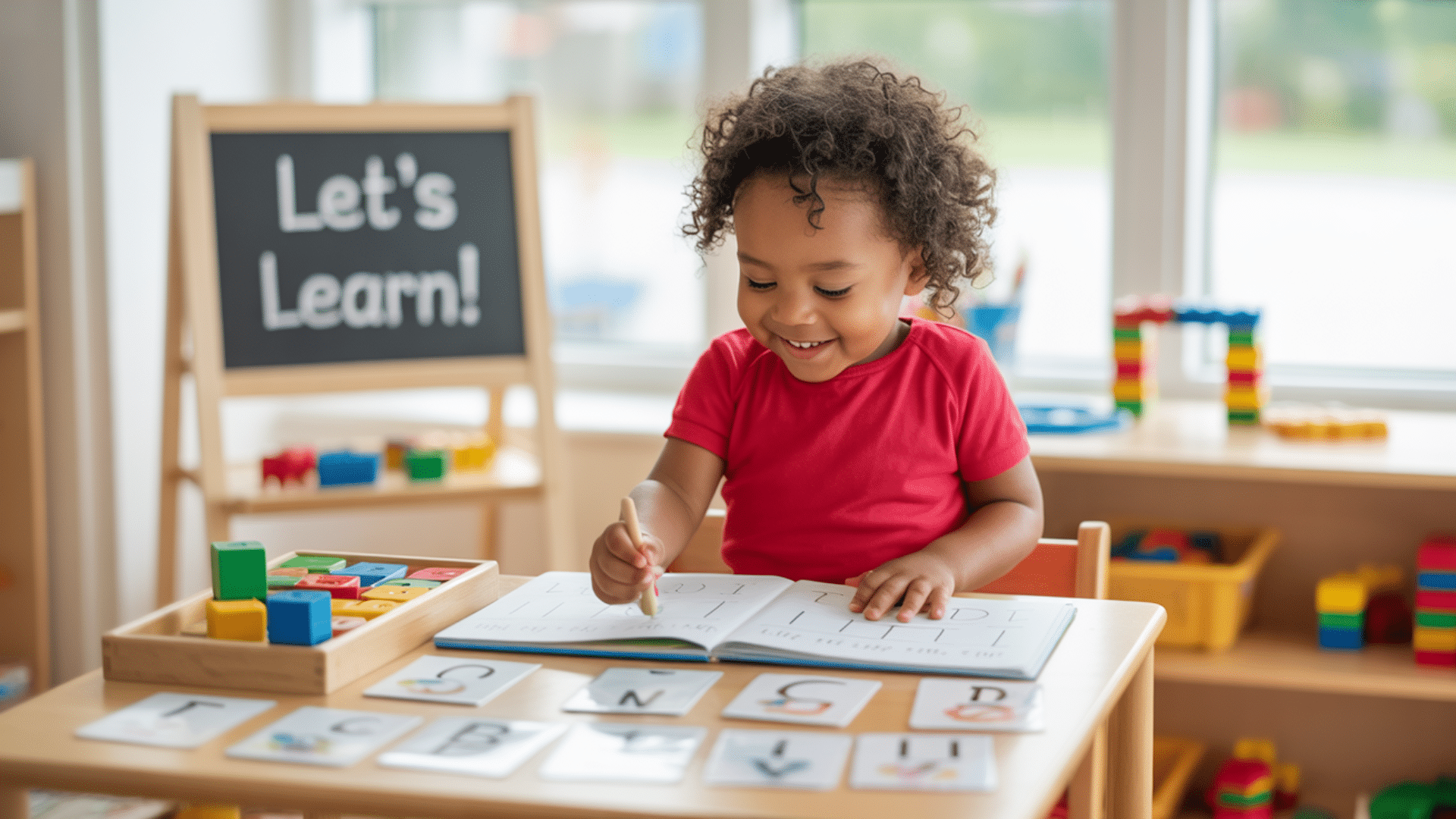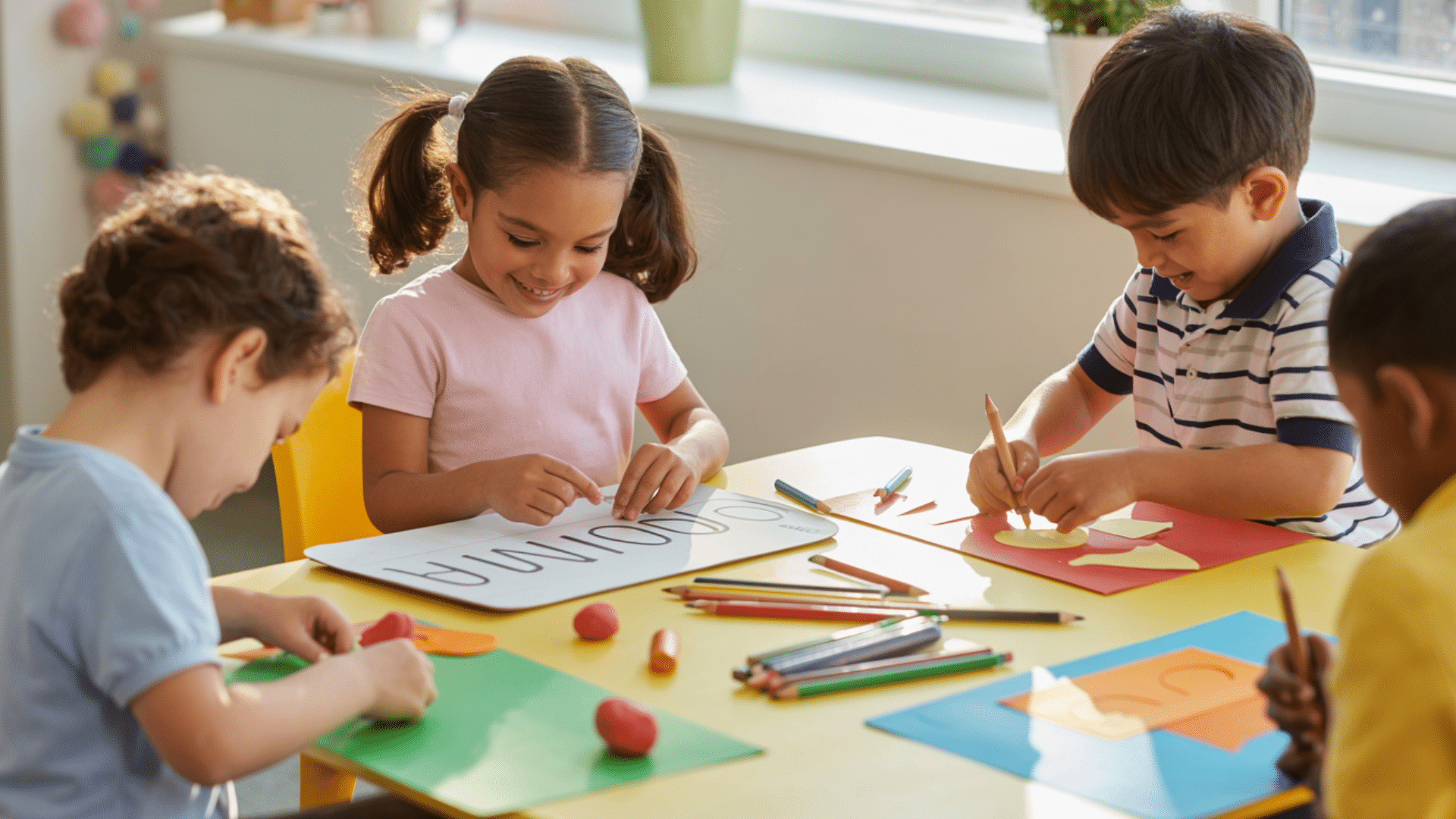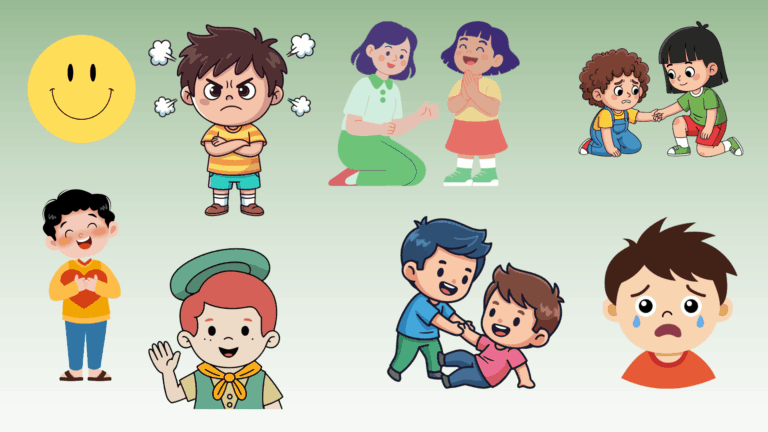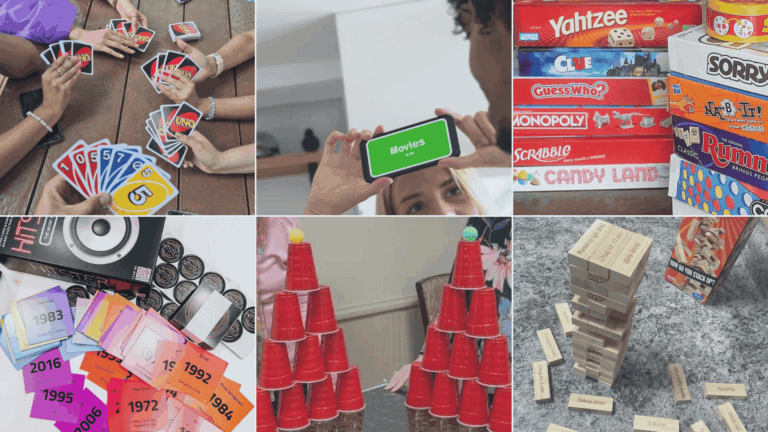Many students struggle with writing because they jump straight into drafting without proper preparation, which often leads to frustration and a feeling of being stuck on a blank page.
These creative pre writing activities will change how students approach writing tasks by building ideas, organizing thoughts, and boosting confidence before they write their first sentence.
You’ll find engaging strategies that make brainstorming fun and productive.
This collection includes graphic organizers, movement activities, collaborative brainstorming games, and creative thinking exercises that work across different grade levels and writing genres.
Understanding the Role of Pre Writing in the Classroom
Pre writing activities serve as the foundation for successful student writing. They help students organize thoughts before drafting begins. Many writing struggles stem from skipping this crucial step.
These activities significantly reduce writer’s block. Students generate ideas through structured brainstorming sessions.
They learn to plan and sequence their thoughts in a logical manner. Pre-writing builds confidence in reluctant writers.
Pre-writing activities also support the quality of final writing. Students produce more focused, organized pieces. They spend less time revising because planning happened first.
In case you’re looking for reading activities as well, check out: Fun Reading Activities to Engage Young Readers
Creative Pre Writing Activities for Students

These carefully selected activities change the intimidating pre-writing phase into an exciting exploration of ideas and possibilities.
Each strategy targets specific aspects of writing preparation, from generating topics to organizing thoughts, while keeping students engaged through hands-on, interactive experiences that build confidence and enthusiasm for the writing process ahead.
1. Story Stones Adventure
Students draw illustrated stones, each showing a setting, object, or character. Using 2–3 stones, they craft and tell a story inspired by the images.
- Skill Focus: Sequencing and story generation
- Benefit: Encourages creativity through hands-on play
2. Image Prompt Puzzles
Students analyze intriguing images cut into puzzle pieces and predict what the whole image might depict. Once assembled, they describe the scene and craft a related story.
- Skill Focus: Visual literacy and description
- Benefit: Inspires writing through image analysis
3. Sensory Word Webs
Students investigate sensory objects, such as spices, textured items, and sounds, and create word webs centered on one sense (e.g., sight, smell, touch). These webs become vocabulary pools for descriptive writing.
- Skill Focus: Descriptive and sensory vocabulary
- Benefit: Prepares students for vivid writing
4. Character Interview Cards
Students choose or invent characters and answer interview-style questions in their voices. This role-play exercise deepens understanding of character traits, motivation, and dialogue.
- Skill Focus: Character development and voice
- Benefit: Builds empathy and imaginative thinking
5. Build-a-Setting Box
This hands-on activity includes a box filled with items or photos from various settings (e.g., a beach, a forest, a city). Students pick several and create a setting-based description or story.
- Skill Focus: Setting visualization and detail
- Benefit: Encourages scene-based creativity
6. Roll-a-Story Dice Game
Students roll the dice labeled with categories like characters, settings, and conflicts. The results determine the components of their story.
- Skill Focus: Plot building and improvisation
- Benefit: Introduces flexible storytelling structures
7. Emotion Sorting Mats
Using cards or images that depict emotions, students sort them into categories (such as happy, sad, scared, etc.) and describe situations involving those emotions.
- Skill Focus: Emotional expression in writing
- Benefit: Encourages empathy and realism in characters
8. Comic Strip Starters
This visual-based activity promotes creativity and teaches students how to use concise dialogue, understand sequencing, and develop a cohesive story flow. It’s ideal for developing narrative structure and character voice in young writers.
- Skill Focus: Sequencing and dialogue creation
- Benefit: Supports narrative voice and plot development
9. What Happens Next? Flipbook
This activity begins with a single image or prompt. Students imagine what happens next and create a flipbook to show the unfolding sequence.
- Skill Focus: Cause-and-effect and sequencing
- Benefit: supports imagination and plot skills
10. Mystery Bag Writing Clues
A bag contains a random assortment of everyday and unusual objects. Students select 2–3 and must build a short story that explains how they’re connected.
- Skill Focus: Associative creativity and problem-solving
- Benefit: Builds storytelling through tangible prompts
11. Soundtrack Your Story
Students pick existing songs or sound clips and match them to different story scenes they create. Then, they write the scenes inspired by the chosen music.
- Skill Focus: Mood and tone exploration
- Benefit: Connects music to creative writing
12. Vocabulary Treasure Hunt
Kids embark on a classroom or book-based scavenger hunt, collecting unique or themed words. These words are then used to create original stories, sentences, or poems.
- Skill Focus: Vocabulary development
- Benefit: Makes word discovery interactive
13. Word Family Collages
Using old magazines or printed texts, students cut out and sort words into family groups (e.g., -at, -ing, -ight). They paste these onto themed posters and build simple stories with the words.
- Skill Focus: Word families and phonics
- Benefit: Boosts spelling and categorization skills
14. Sentence Stretching Chains
Students begin with a simple sentence, then collaboratively or individually add descriptive details, such as who, what, when, where, and why. Each addition stretches the sentence further.
- Skill Focus: Sentence expansion and fluency
- Benefit: Encourages detailed writing
15. Dialogue Drama Roleplay
Kids are assigned roles and act out brief, improvised scenes. Afterward, they write the dialogue they performed, focusing on punctuation, voice, and tone.
- Skill Focus: Dialogue structure and punctuation
- Benefit: Strengthens spoken-to-written translation
16. First Line Generator Wheel
Students spin a wheel with various pre-written first lines. They must use the selected line to start a new story. This activity helps overcome writer’s block and pushes students to think on their feet.
- Skill Focus: Story openings and hooks
- Benefit: Encourages fast, creative thinking
17. Writing with Emoji Prompts
Students are given a series of emojis and must create a story incorporating all of them in order. This unique format engages visual literacy, abstract thinking, and creativity.
- Skill Focus: Symbol interpretation and narrative logic
- Benefit: Appeals to modern learners creatively
18. Magazine Cutout Sentence Builder
Kids find random words and phrases in magazines and arrange them into grammatically correct, creative sentences. Then, they expand on their sentences by writing short stories.
- Skill Focus: Grammar and sentence structure
- Benefit: Combines creativity with literacy basics
19. Daily Doodle & Describe
Each day, students draw a small doodle and write a short description or story about it. This regular habit builds creative fluency, descriptive vocabulary, and storytelling structure.
- Skill Focus: Daily writing and visual thinking
- Benefit: Builds confidence and consistency
20. Grammar Hopscotch
Hopscotch squares feature grammar terms like noun, verb, or adjective. As students jump, they must shout out a word or sentence using the prompt. After playing, they write stories using all the terms they have gathered.
- Skill Focus: Parts of speech mastery
- Benefit: Links kinesthetic play to grammar
21. Narrative Necklace Beading
Each bead color represents a part of the story, characters, settings, problems, or endings. Students create beaded sequences, then write a story based on their necklace.
- Skill Focus: Plot sequencing and planning
- Benefit: Ideal for visual and tactile learners
22. Sticky Note Sequencing
Students write individual story events on sticky notes and rearrange them to investigate different narrative flows. This hands-on strategy teaches flexibility in plot development and helps visualize cause-and-effect.
- Skill Focus: Plot development and reordering
- Benefit: Aids visual organization of stories
23. Character Trait Jenga
Each block in a Jenga game is labeled with a character trait. As students play, they must invent characters or short scenarios based on the characteristics they pull.
- Skill Focus: Character analysis and creation
- Benefit: Adds movement to pre-writing tasks
24. Alphabet Writing Walk
During a classroom or nature walk, students spot objects or ideas that start with each letter of the alphabet. Back inside, they use their findings to write a themed poem or story.
- Skill Focus: Observation and alphabet awareness
- Benefit: Turns the environment into inspiration
25. Story Starter Spinner
A spinner offers randomized story elements, such as character, setting, or conflict. Students use the spin results to craft story openings or outlines.
- Skill Focus: Story component synthesis
- Benefit: Encourages collaborative creativity
26. Match-the-Genre Board Game
Players move across a game board, landing on various genres and corresponding prompts. They must write a sentence or paragraph in that genre’s style.
- Skill Focus: Genre-based writing adaptability
- Benefit: Reinforces tone and stylistic shifts
27. Sensory Writing Trays
Students use their fingers to trace letters or words in sensory materials, such as sand, rice, or salt. Then, they write sentences using those words.
- Skill Focus: Spelling and tactile engagement
- Benefit: Connects touch to language recall
28. Color Word Coding Challenge
Words are assigned colors based on their part of speech, nouns, verbs, adjectives, etc. Students build color-coded sentences or stories using these words.
- Skill Focus: Grammar and categorization
- Benefit: Visualizes sentence composition
29. Time Travel Writing Passport
Students receive a pretend passport with stamps from different historical or futuristic destinations. For each stamp, they write a diary entry or letter as if visiting that time and place.
- Skill Focus: Perspective and historical imagination
- Benefit: Encourages immersion through roleplay
Benefits of Pre writing Activities

Pre-writing activities provide essential scaffolding that changes the writing process from overwhelming to manageable.
These structured experiences set students up for success by addressing common writing challenges before they become roadblocks.
- Reduces writer’s block: Students start with clear ideas instead of staring at blank pages.
- Improves organization: Thoughts get structured logically before drafting begins.
- Increases engagement: Interactive activities make writing preparation enjoyable.
- Develops critical thinking: Students analyze and evaluate ideas before writing.
- Supports creativity: Brainstorming activities spark original ideas and connections.
Conclusion
Pre writing activities are game-changers for student writing success. They turn intimidating assignments into manageable tasks. Students who use these strategies write with more confidence and clarity.
The activities presented here offer something for every classroom and learning style. Others prefer movement-based brainstorming, mixing and matching activities to maintain high engagement.
Start implementing these strategies gradually. Select one or two activities that align with your students’ needs.
Build up your repertoire as you see positive results. These foundational skills benefit students across all subjects and grade levels.


















